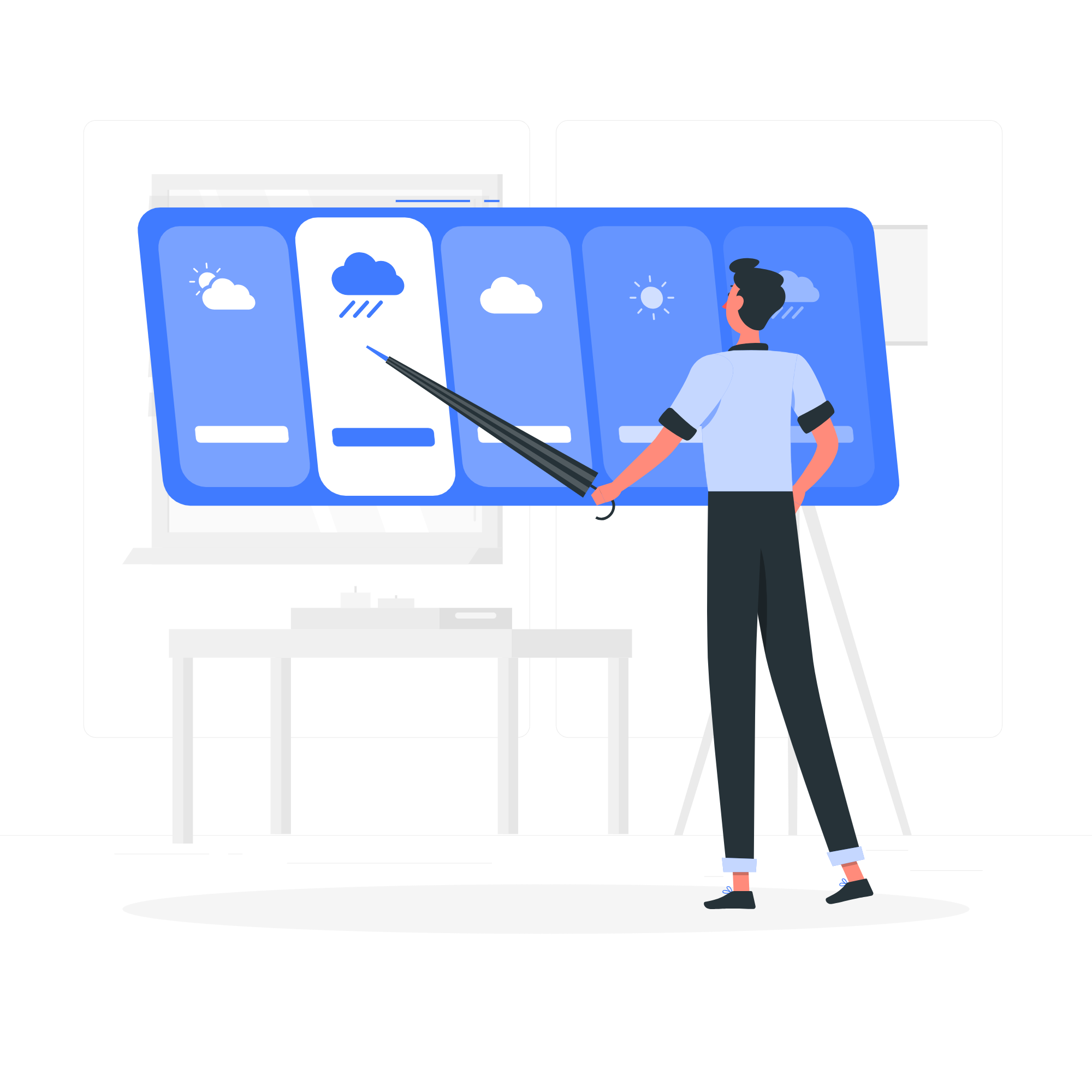☁️French Level 2, Activity 03: Quel temps fait-il ?/ What’s the Weather Like? (Face-to-Face)
Products: The weather report
Practices: Much like in the United States, it’s common for French people to check the weather before leaving their home! Sometimes, it can be unpredictable, especially near the ocean.
Perspectives: Rain is common in many regions of France. Rain can come and go quickly, so it’s seen as important to dress for the weather.
NCSSFL-ACTFL World-Readiness Standards:
- Standard 1.1 Students engage in conversations or correspondence in French to provide and obtain information, express, feelings and emotions, and exchange opinions.
- Standard 1.2 Students understand and interpret spoken and written French on a variety of topics.
- Standard 1.3 Students present information, concepts, and ideas in French to an audience of listeners or readers.
Idaho State Content Standards:
- COMM 1.1: Interact and negotiate meaning (spoken, signed, written conversation) to share information, reactions, feelings, and opinions.
- COMM 2.1: Understand, interact, and analyze what is heard, read, or viewed on a variety of topics.
- COMM 3.1: Present information, concepts, and ideas to inform explain, persuade and narrate on a variety of topics using appropriate media in the target language.
- COMM 3.2: Adapt presentation to various audiences of listeners, readers, or viewers.
NCSSFL-ACTFL Can-Do Statements:
- I can share my phone number with a friend.
- I can understand a weather report.
- I can plan appropriate attire depending on local climate and culture.
Materials Needed:
- Computer device, one per student
- White boards, one per student
- White board markers, one per student
- Google Slide Presentation
Warm-up
1. Begin by introducing the Can-Dos for today’s activity and distributing a white board and white board marker to each student.
Aujourd’hui, nous allons parler des numéros et de la météo. (Today, we are going to talk about numbers and the weather.)
2. Then have the students get with a partner and share their phone number and the year they were born. Partner one should write both of partner two’s numbers on the whiteboard. Make sure that they share their phone number in 2-digit numbers (for example: vingt, quatre-vingt-neuf, seize, quatre-vingt-trois, vingt-et-un). When sharing their birth year, make sure they say it correctly (for example: 1992: mille neuf cent quatre-vingt-douze).
Prenez un tableau blanc et un marqueur. En groupe de deux, partagez vos numéros de téléphone. Pendant que votre partenaire dit son numéro de téléphone, vous allez l’écrire. Faites la même chose avec votre année de naissance. Dites votre numéro de téléphone en deux chiffres. Par exemple, vingt, quatre-vingt neuf, seize, quatre-vingt trois, vingt et un. Dites votre date de naissance. Par exemple, je suis né en mille neuf cent quatre-vingt-douze.
Main Activity
1. Students will be giving weather reports to the group based on different Francophone speaking countries. Have students choose a country from the list below.
Aujourd’hui nous allons donner les bulletins météo. Chaque personne va choisir une ville d’un pays francophone.
La liste des villes:
- Lyon, France
- Dakar, Sénégal
- Montréal, Québec
- Kinshasa, DRC
- Genève, Suisse
- Fort-de-France, Martinique
- Abidjan, Côte d’Ivoire
2. Give them 5 minutes to prepare their report and 2 minutes to share it.
Vous allez préparer une petite présentation de 1 à 2 minutes. Après nous partagerons nos présentations avec le groupe.
3. Spend a few minutes encouraging students to ask questions after someone has given their weather report.
Soyez sûrs de demander les questions à vos camarades.
Wrap-up
Ask the following question(s) to finish the activity:
- Quelle ville a le temps que tu préfères le plus ? (Which city has the weather that you prefer the most?)
- La Révolution française est arrivée quand ? Quelle année ? (1789) (When did the French Revolution happen? Which year?)
- Les Etats-Unis ont déclaré leur indépendance en quelle année ? (1776) (What year did the United States declare their independence?)
End of Activity:
- Can-Do statement check-in… “Where are we?”
- Read can-do statements and have students evaluate their confidence.
- Encourage students to be honest in their self evaluation
- Pay attention, and try to use feedback for future activities!
NCSSFL-ACTFL Can-Do Statements:
- I can share my phone number with a friend.
- I can understand a weather report.
- I can plan appropriate attire depending on local climate and culture.
CULTURAL Resources
How to Remix a Pathways Project Activity
Feeling creative? The Pathways Project needs your help in remixing activities for the K-12 classroom.
Try taking an activity to the next level by:
- Add new content (something you’ve created or another OER source)
- Contribute additional activity suggestions
- Integrate authentic materials such as videos, infographics, photos, etc.
- Suggest how to implement the activity in the classroom
- Customize the content for a specific audience or group of learners (for example, K-5 learners or to differentiate for student’s needs)
We want to make it easy to share back with the larger Pathways Project Community! Simply, click this link to remix this activity.
Please consider sharing your remixed activity with us by emailing the activity link to Pathwaysproject@boisestate.edu so that Pathways continues to grow!


